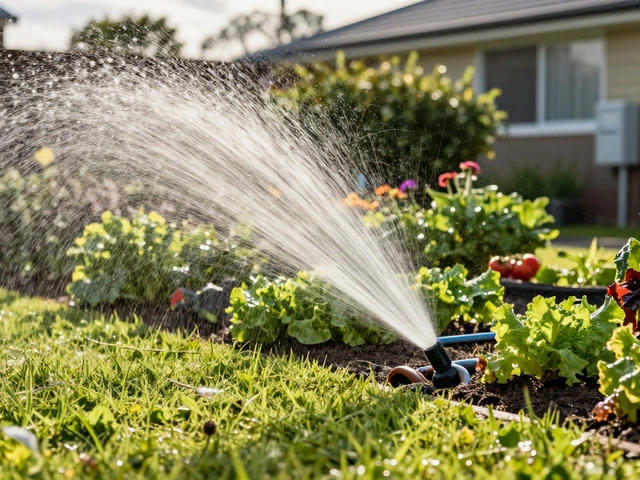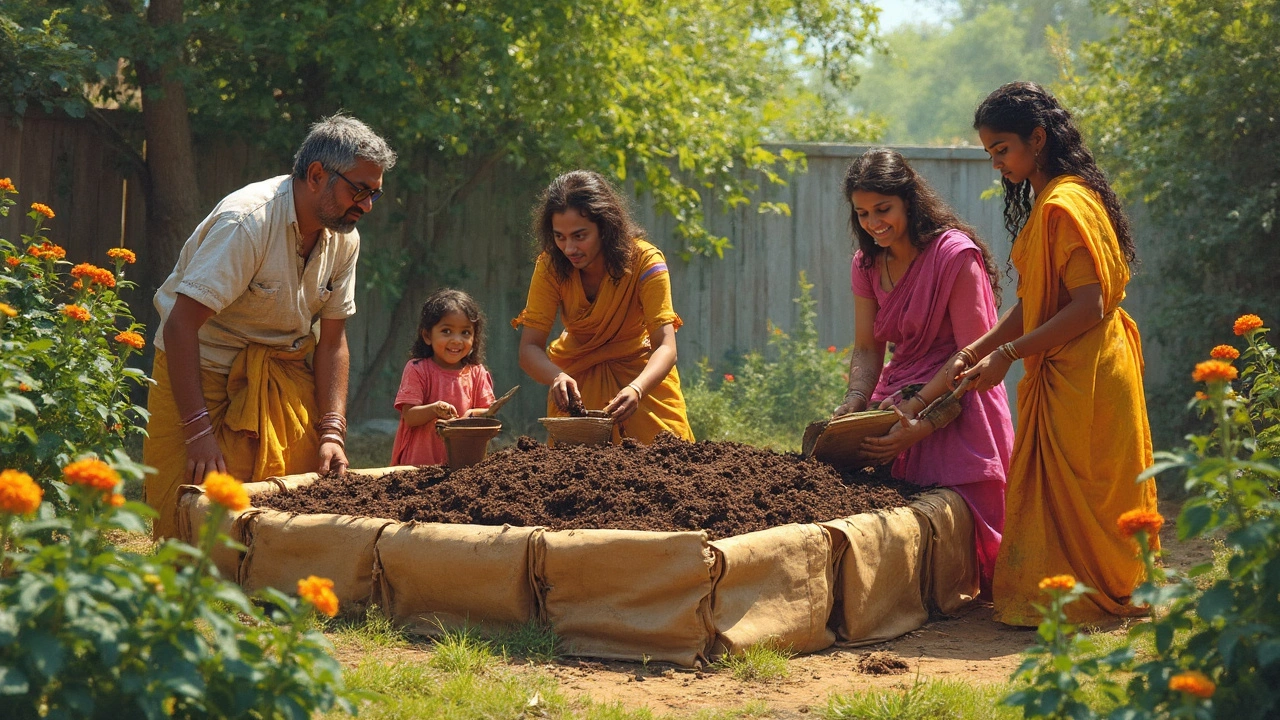How to Fill Raised Beds – Simple Steps for a Healthy Garden
If you’ve bought a raised bed, the first thing you need to do is fill it with the right mix. The goal is a light, well‑draining soil that holds enough nutrients for your plants. Below are the steps that work for most Indian gardens, whether you’re on a balcony or a backyard.
Pick the Right Base and Prepare the Bed
Start by clearing the area where the bed will sit. Remove weeds, rocks, and any old plant debris – this stops unwanted growth from sneaking up later. If the bed sits directly on concrete, lay a layer of cardboard or old newspaper. It helps water seep through while stopping weeds without adding cost.
Next, add a thin layer (2‑3 cm) of coarse material like small stones, broken bricks, or coconut husk chips. This improves drainage and prevents the bottom from becoming soggy. When you live in a monsoon‑prone region, this layer is a lifesaver.
Mix the Soil – The 3‑Part Formula
The easiest recipe is a 1‑1‑1 mix: one part garden topsoil, one part compost, and one part coarse sand or coco peat. Topsoil gives structure, compost supplies nutrients, and sand or coco peat adds aeration. If you can’t find garden soil, use a blend of well‑rotted farmyard manure and washed river sand instead.
Measure the volume of your raised bed (length × width × depth) and calculate the amounts. For a 1‑meter‑wide, 2‑meter‑long, 30‑cm‑deep bed, you need about 0.06 cubic metres of each ingredient. Fill the bed in layers, tamp each layer gently with a hand tamper or the flat side of a shovel. This removes big air pockets without compressing the mix too much.
If you want extra moisture‑retention for hot summer months, stir in a handful of shredded coconut coir or peat moss per cubic metre. For a quick nitrogen boost, sprinkle a thin layer of blood meal or wood ash over the surface before the final mix.
Once the mix is in place, level it and give the bed a generous watering. The water settles the mix and shows you where you might need a bit more soil. Add any missing spots, then smooth the surface with a rake.
Cover the top with a thin layer of organic mulch – straw, dried leaves, or shredded newspaper. Mulch cuts down evaporation, keeps weeds out, and gradually adds organic matter as it breaks down.
Now your raised bed is ready for planting. Whether you sow seeds directly or transplant seedlings, start them at the recommended depth and keep the soil consistently moist for the first few weeks.
Remember, the mix isn’t set in stone. After a season or two, you’ll notice if the soil is too heavy or drains too fast. Simple fixes include adding more compost for heaviness or more sand for drainage. Adjust as you learn what your specific climate and crops need.
Filling raised beds doesn’t have to be expensive or complicated. With a few basic ingredients and a little patience, you create a fertile home for vegetables, herbs, and flowers that will keep giving you fresh produce year after year.
How to Fill a Raised Garden Bed Cheaply: Soil Hacks That Save Big
Need to fill up a raised garden bed without dropping a ton of cash? This article covers dirt-cheap methods to get the job done, including what to use as bottom layers, where to get free or cheap soil amendments, and how to boost your soil quality on a shoestring. You’ll learn which materials are safe and which to skip. Save cash, recycle smart, and grow better plants with easy-to-follow tips.
About
Soil Improvement
Latest Posts


Should I Mist My Bonsai Tree? The Real Deal on Misting Bonsai
By Alden Thorne Jun 13, 2025

Why White Rice Might Spike Your Cholesterol Levels
By Alden Thorne Feb 16, 2025

What Is a Sprinkle Irrigation System? A Simple Guide for Home Gardeners
By Alden Thorne Dec 1, 2025

